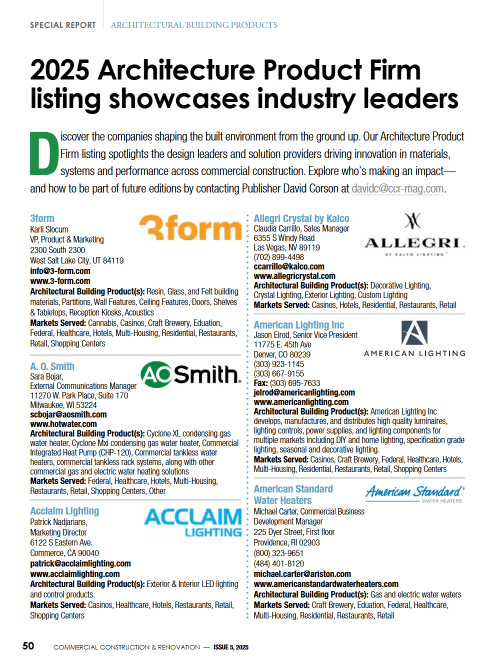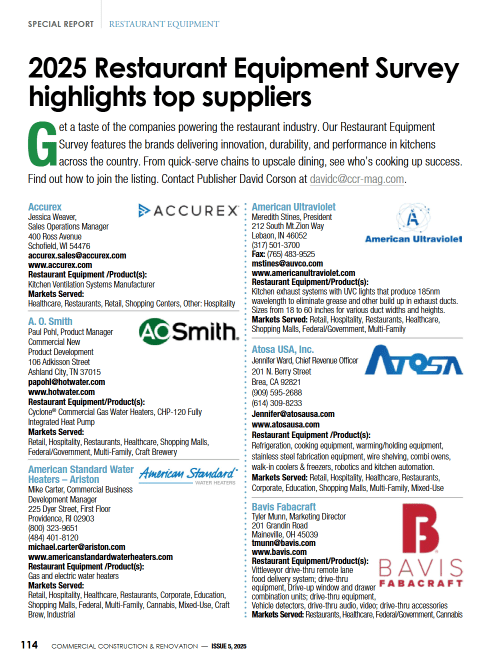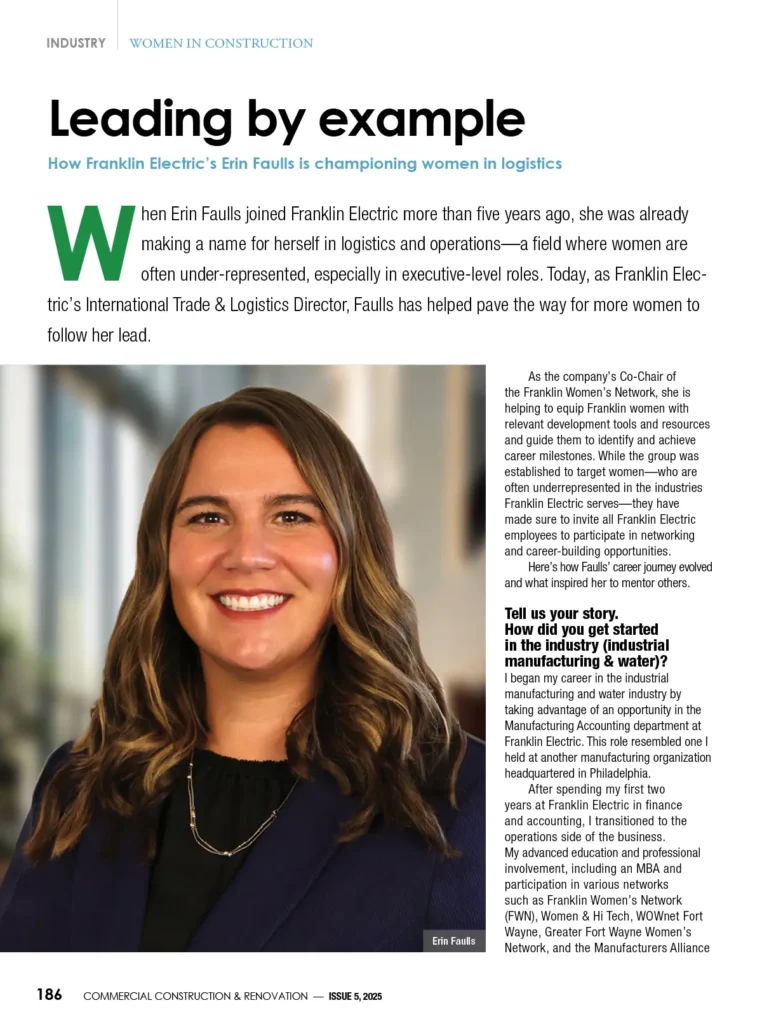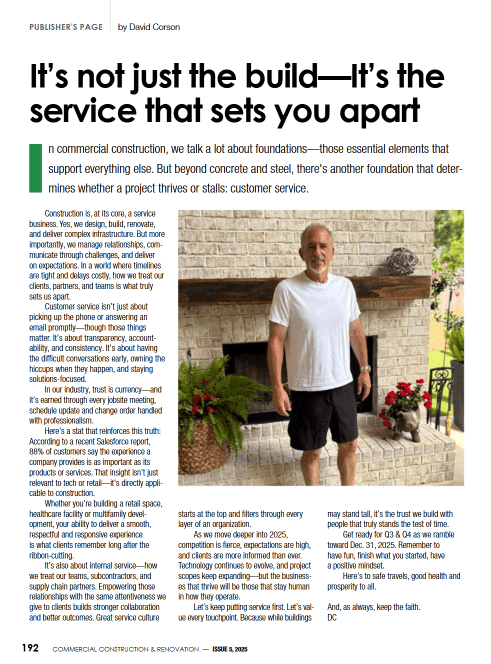If you’re looking for a comprehensive guide to recycling compactors, you’ve come to the right place. This blog post will discuss everything you need to know about these machines, from their history to their benefits to the types of materials they can process. We’ll also provide tips on choosing the right compactor for your business and how to maintain it properly. So whether you’re just curious about recycling compactors or ready to buy one, read on!
Compactors are machines used to compress materials, such as paper, cardboard, or plastic. They come in various sizes and can be used for residential and commercial applications. Recycling compactors are designed specifically for recycling purposes and are an important part of any recycling program.
The history:
Compactors have been used for centuries to compress materials. The first compactor was invented in 1795 by French inventor Nicolas-Jacques Conte. His invention was called the “piston press,” which was used to compress cloth into bales.
In 1804, British inventor Joseph Bramah patented the “hydraulic press,” which was much more powerful than the piston press. Bramah’s press was used to compress metal and was quickly adopted by the iron and steel industry.
In the early 1900s, German engineer Georges Claude developed the “compressor,” a machine that used compressed air to compress materials. Claude’s compressor was used extensively in World War I, as it could quickly compress large quantities of material.
After the war, compactors were adapted for use in the recycling industry. The first recycling compactor was designed in 1937 by American inventor Lyle Yost. His machine was called the “Yost Compactor,” and it could compress paper and cardboard into bales.
From there to now, recycling compactors have evolved to become more efficient and versatile. Today, there are many types of recycling compactors on the market, each designed for specific materials and applications.
Read Article: Learn The 9 Benefits Of Basement Waterproofing
The benefits:
There are many benefits to using a recycling compactor. Perhaps the most obvious benefit is that it saves space. When materials are compressed, they take up less space, which means you can fit more material into a smaller area. This is especially beneficial if you’re limited in storage space. In addition to saving space, recycling compactors also help you save money. By compressing materials, you can reduce your waste disposal costs. In some cases, you may even be able to sell your compressed materials for scrap value.
Recycling compactors also help you reduce your environmental impact. By recycling materials, you can prevent them from ending up in landfills, where they will take up space and release harmful chemicals into the environment.
How to choose the right compactor:
There are many different types of recycling compactors on the market, so it’s important to choose the right one for your needs. Here are some factors to consider:
- The type of material you want to recycle: Some compactors are designed for specific materials, such as paper or cardboard. Others are more versatile and can handle a variety of materials.
- The size of the compactor: Compactors come in various sizes, from small desktop models to large industrial machines. Choose a size appropriate for the amount of material you need to recycle.
- Your budget: Compactors can range in price from a few hundred dollars to several thousand dollars. Choose a model that fits your budget.
- Your space constraints: If you’re tight on space, you may want to choose a smaller compact or a model that can be mounted on the wall.
- Your power source: Some compactors need to be plugged into an electrical outlet, while others are powered by batteries. Choose the type of power source that will be most convenient for you.
How to use a recycling compactor:
Using a recycling compactor is fairly simple. Here’s a step-by-step guide:
- Place the compactor in your desired location. If you’re using an electrical model, make sure it’s near a power outlet.
- Place the material you want to recycle into the compactor. Depending on the model, you may need to break down larger items, such as cardboard boxes.
- Close the lid of the compactor and turn it on. The compactor will start to compress the material.
- When the cycle is complete, open the lid and remove the compressed material.
- Repeat as needed until you’ve recycled all of your desired material.
How to maintain your compactor:
Just buying a compactor is not enough. Proper maintenance is essential to keep your compactor running smoothly and efficiently. Here are some tips:
- Read the manufacturer’s instructions carefully and follow them to the letter.
- Inspect your compactor regularly for any damage or wear and tear. If you notice any problems, contact the manufacturer or a qualified repairperson for assistance.
- Keep your compactor clean and free of debris. This will help prolong its life and prevent problems.
Recycling compactors are a great way to save space, money, and the environment. With proper care, your compactor will provide years of service.





























